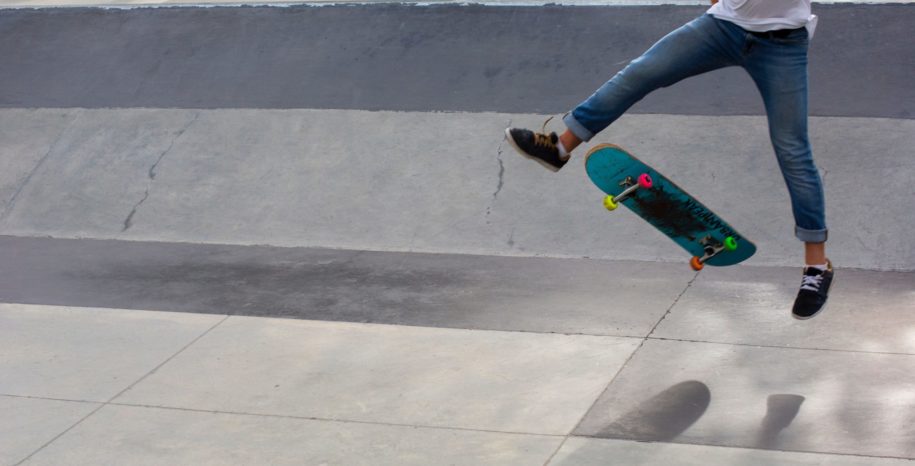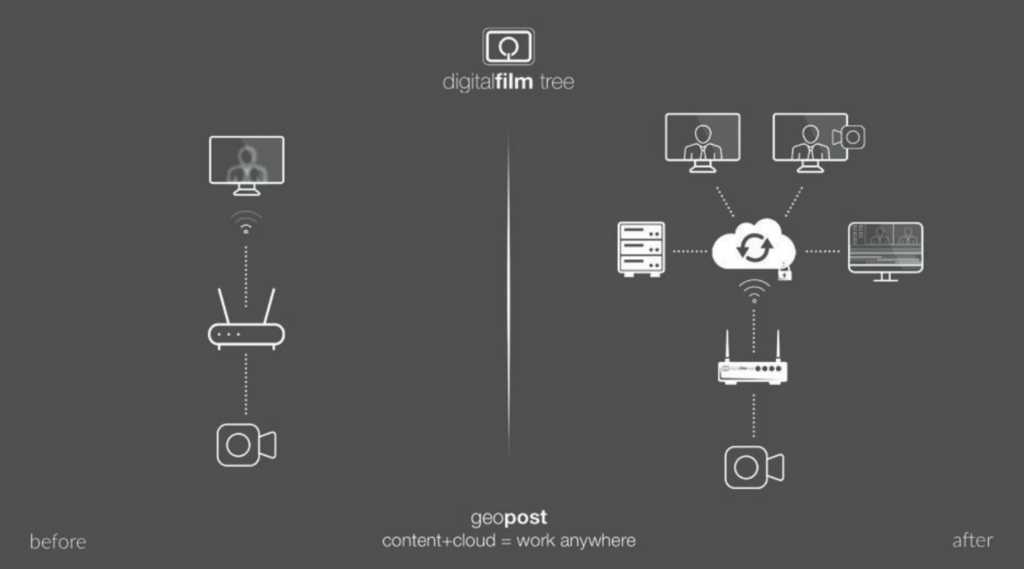
M&E Journal: From Limitation to Innovation
While the COVID-19 pandemic has rocked the media and entertainment industry in ways that will likely take years to fully grasp and process, one of the most immediate effects of this concentrated period of increased limitations has been a wave of increased innovation.
Ideas and workflows that we had long been evangelizing at DigitalFilm Tree — ideas that seemed strange or even uninteresting to some — suddenly became not only innovative, but necessary for our community to continue forward.
For instance, in the realm of virtual production, the utility of using game engine technology to previsualize stunt- and effects-heavy sequences for film (and especially the fast-paced world of scripted television) has skyrocketed in the last year, allowing directors, DPs, and production heads to virtualize and develop tricky, expensive productions long before a single step onto a set is taken.
 Filmmakers can now iterate from the safety of their homes for weeks or even months before physical production begins, and they can do it all with the click of a Zoom meeting. And from my point of view, one of the most interesting — and essential — advancements in the world of pre-vis is something we call “safety-vis.”
Filmmakers can now iterate from the safety of their homes for weeks or even months before physical production begins, and they can do it all with the click of a Zoom meeting. And from my point of view, one of the most interesting — and essential — advancements in the world of pre-vis is something we call “safety-vis.”
Safety-vis uses the same fundamental tech and process of pre-vis — virtualizing an environment for a creative team to develop within — but for planning beyond the lens, creating a virtual replica of an entire production’s backstage work areas and offices.
Additionally, now that the iPhone 12 offers Lidar scanning functionality, a production can easily and affordably take a Lidar scan of their entire backstage environment, which then generates an accurate 1:1 digital representation of the area.
This is exciting, as Lidar scans used to be a very high-end and cumbersome process, and it’s now becoming democratized and available to just about anyone.
By taking that scan, we can tell how big a production space is, and how many people can safely work within it and still maintain strict COVID protocols and social distancing via measurement tools.
We’ve worked with COVID safety officers to prototype this safety visualization, and they’ve found it to be an incredibly useful tool, as have the major studios and streaming platforms with whom we’ve shared it. Much like the evolution of pre-vis to safety-vis, cloud technologies have also experienced an intense re-focus in the last year. Pre-COVID, evangelizing
cloud-based post-production wasn’t always the easiest sell, with the notion of such a thing at a bit of a slow ebb — the community was kind of moving in that direction, but at a rather deliberate pace.
For a post-production facility like DigitalFilm Tree, our pre-existing cloud-based remote services for production and post were mostly for the few clients already working from home (or the Angelinos who simply wanted to avoid the 405).
 It was all rather novel until March of 2020, when the need for home-based workflows absolutely exploded overnight. The sudden reality was that everyone in our industry had to be at home, and so we took it upon ourselves to expand and support what we were already doing for our few remote clients and provide that for everyone — not just creatives, but other vendors in the areas of networking and home security.
It was all rather novel until March of 2020, when the need for home-based workflows absolutely exploded overnight. The sudden reality was that everyone in our industry had to be at home, and so we took it upon ourselves to expand and support what we were already doing for our few remote clients and provide that for everyone — not just creatives, but other vendors in the areas of networking and home security.
Essentially, the time and energy we had invested for the last several years in things like cloud-based workflows and security, and allowing clients to store their camera raw on our private cloud, left us in a position to pivot to this new reality.
All of a sudden, when we had to solve networking and security for professionals at home — literally thousands of people transitioning from sets and studios to homes and apartments — our experience in providing those workflows and cloud-based security to a select few, allowed us to provide them to many.
And it puts us in a position where we can more easily spread the word about the importance of cloud workflows, because everyone needs them now.
It increases efficiency exponentially. Camera raw payloads can be downloaded to a home set up with an enterprise router while the user is sleeping, and be ready and waiting before work even begins the next day.
Further, these cloud-based workflows that exist now out of necessity will, I believe, continue out of preference. There has been a large-scale behavioral change for our industry, with many having adjusted to working from home, and preferring to continue that way.
Workflows have been forever altered because of it, and going forward I think a large portion of those who can work from home voluntarily will continue to do so.
 And because of that, cloud technologies will be a part of the “industry equation” for the foreseeable future.
And because of that, cloud technologies will be a part of the “industry equation” for the foreseeable future.
As we endeavor to define the new normal and validate the best path forward, our industry’s collaborative innovations in the face of the pandemic will long outlast the pandemic itself.
The advances in virtual production that were borne out of necessity will provide filmmakers with an all new set of tools after helping them return to work.
These advancements have created new tools and more efficient workflows, they have changed the filmmaking process, and they highlighted the need and importance of secure, cloud-based net-working and security.
Though created and developed during a very tumultuous present, these ideas and workflows are paving a secure way to our industry’s incredibly bright future.
* By Ramy Katrib, CEO, DigitalFilm Tree
=============================================
Click here to download the complete .PDF version of this article
Click here to download the entire Spring 2021 M&E Journal
